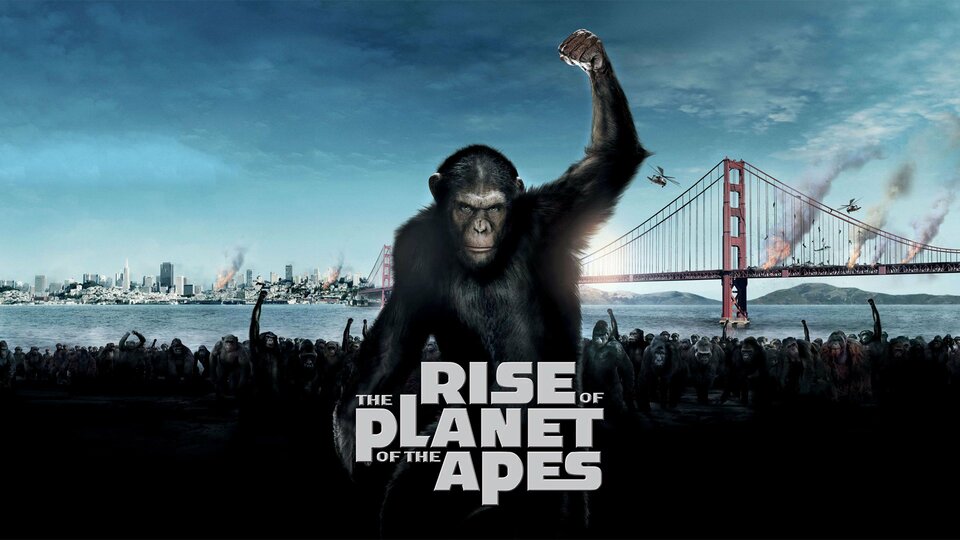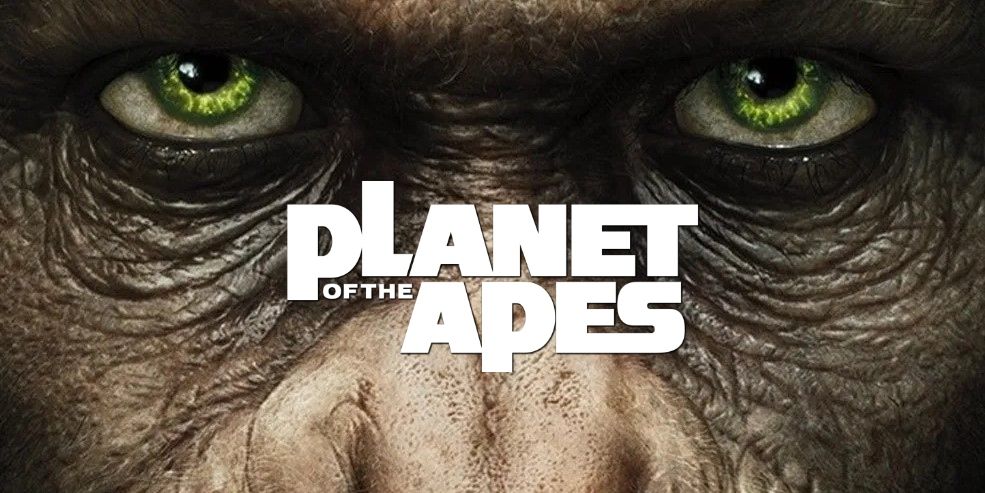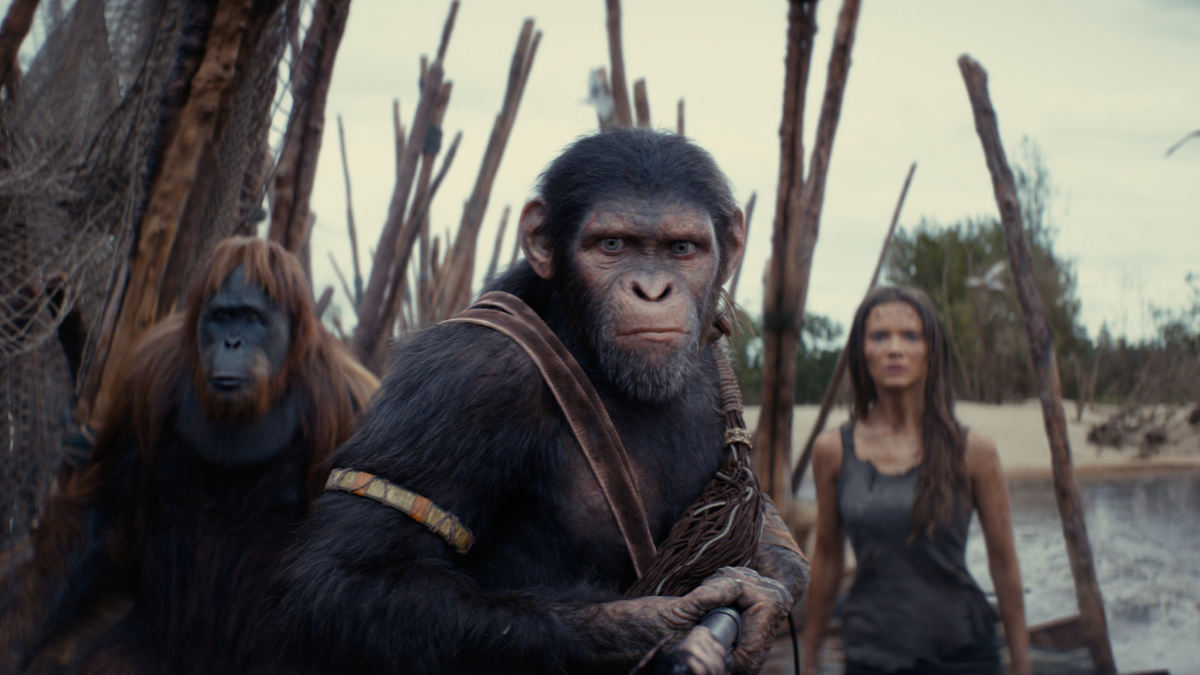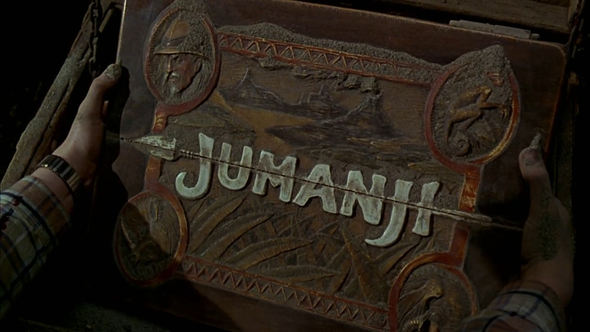Table of Contents
Understanding the Planet of the Apes Universe
Chronological Order of the Planet of the Apes Movies
1. Rise of the Planet of the Apes (2011)
2. Dawn of the Planet of the Apes (2014)
3. War for the Planet of the Apes (2017)
5. Beneath the Planet of the Apes (1970)
6. Escape from the Planet of the Apes (1971)
7. Conquest of the Planet of the Apes (1972)
8. Battle for the Planet of the Apes (1973)
Additional Planet of the Apes Media
The Legacy of Planet of the Apes
The Planet of the Apes franchise, based on the novel by French author Pierre Boulle, has captivated audiences for over five decades with its thought-provoking storylines, groundbreaking special effects, and commentary on human nature. From the original movie directed by Franklin J. Schaffner to the latest entry directed by Wes Ball, this long-running franchise has left an indelible mark on film history. With multiple reboots, prequels, and even an alternate timeline, it can be challenging to navigate the series chronologically. This comprehensive guide will walk you through the Planet of the Apes timeline, helping you experience the saga in its proper narrative order.
Understanding the Planet of the Apes Universe
Before diving into the chronological order, it's essential to understand that the Planet of the Apes franchise consists of two main continuities:
- The Original Series: This includes the five original Planet of the Apes movies released between 1968 and 1973, as well as two television series.
- The Reboot Series: This consists of the three films released between 2011 and 2017, which serve as a reimagining of the original concept, plus the upcoming "Kingdom of the Planet of the Apes."
While these two continuities are separate, they share similar themes and explore parallel ideas. Watching them in timeline order can provide a unique perspective on the evolution of the franchise and its central concepts.
Chronological Order of the Planet of the Apes Movies
Here's the recommended viewing order to experience the Planet of the Apes saga chronologically:
| Title | Year | Amazon Link |
| 1. Rise of the Planet of the Apes | 2011 | Rent/Buy Movie |
| 2. Dawn of the Planet of the Apes | 2014 | Rent/Buy Movie |
| 3. War for the Planet of the Apes | 2017 | Rent/Buy Movie |
| 4. Planet of the Apes | 1968 | Rent/Buy Movie |
| 5. Beneath the Planet of the Apes | 1970 | Rent/Buy Movie |
| 6. Escape from the Planet of the Apes | 1971 | Rent/Buy Movie |
| 7. Conquest of the Planet of the Apes | 1972 | Rent/Buy Movie |
| 8. Battle for the Planet of the Apes | 1973 | Rent/Buy Movie |
Now, let's explore each of these films in detail, discussing their place in the timeline and their significance to the overall narrative.
1. Rise of the Planet of the Apes (2011)

Director: Rupert Wyatt
Timeline: Set in the near future, around 2011-2016
Rise of the Planet of the Apes serves as the starting point for the reboot series and the entire chronological timeline. This film introduces us to Will Rodman (James Franco) and his father Charles (John Lithgow), as Will works on a cure for Alzheimer's disease. His experiments lead to the creation of a highly intelligent chimpanzee named Caesar, brilliantly portrayed by Andy Serkis through motion capture technology.
The movie explores themes of scientific ethics, the bond between humans and animals, and the consequences of genetic manipulation. As Caesar's intelligence grows, so does his awareness of the injustices faced by his fellow apes. This eventually leads to a rebellion that sets the stage for the apes' rise to power.
Key plot points:
- Introduction of the ALZ-113 virus, which enhances ape intelligence but is lethal to humans
- Caesar's development and leadership among the apes
- The beginning of the human pandemic that will decimate the world's population
Why it's important: Rise of the Planet of the Apes establishes the origin of intelligent apes and the downfall of human civilization, setting the foundation for the entire saga.
2. Dawn of the Planet of the Apes (2014)

Director: Matt Reeves
Timeline: Set 10 years after the events of Rise, around 2026
Dawn of the Planet of the Apes takes place a decade after the ALZ-113 virus has wiped out most of the human population. The film focuses on the growing conflict between the surviving humans, led by Malcolm (Jason Clarke), and the increasingly organized and intelligent apes led by Caesar (Andy Serkis). This installment also introduces Koba (Toby Kebbell), a bonobo with a deep hatred for humans due to his past as a test subject.
This installment delves deeper into the complexities of leadership, the challenges of coexistence, and the similarities between apes and humans when it comes to conflict and prejudice. The movie presents a nuanced view of both sides, showing that neither humans nor apes are entirely good or evil.
Key plot points:
- The establishment of an ape society in the forests near San Francisco
- Tensions between apes who trust humans and those who don't
- The human quest for resources and the resulting conflict with the apes
Why it's important: Dawn of the Planet of the Apes showcases the development of ape society and the deterioration of human civilization, setting the stage for the final confrontation.
3. War for the Planet of the Apes (2017)

Director: Matt Reeves
Timeline: Set two years after Dawn, around 2028
The final installment of the prequel trilogy, War for the Planet of the Apes, depicts the ultimate showdown between humans and apes. Caesar faces his darkest challenge yet as he battles both external threats, including the ruthless Colonel McCullough (Woody Harrelson), and his own inner demons.
This film explores themes of revenge, compassion, and the true meaning of humanity. It also serves as a bridge between the reboot series and the original films, hinting at how the world might eventually become the ape-dominated planet seen in the 1968 movie.
Key plot points:
- The all-out war between humans and apes
- Caesar's personal journey and moral struggles
- The introduction of mute humans, suggesting the future evolution of the species
Why it's important: War for the Planet of the Apes concludes the reboot trilogy and sets the stage for the world we see in the original 1968 film.
4. Planet of the Apes (1968)

Director: Franklin J. Schaffner
Timeline: Set thousands of years in the future, possibly around the year 3978
The original Planet of the Apes is a science fiction classic that introduced the world to the concept of a planet where intelligent apes rule over primitive humans. The film follows astronaut George Taylor (Charlton Heston) as he crash lands on what he believes to be a distant planet, only to discover it's actually Earth in the far future.
This groundbreaking movie explores themes of social hierarchy, religious dogma, and the nature of humanity. Its shocking twist ending, revealing the ruins of the Statue of Liberty, is one of the most iconic moments in cinema history.
Key plot points:
- The discovery of a world where apes are the dominant species
- The revelation that the planet is actually a future Earth
- The conflict between science and faith within ape society
Why it's important: Planet of the Apes establishes the core concept of the franchise and presents a fully realized ape civilization.
5. Beneath the Planet of the Apes (1970)

Director: Ted Post
Timeline: Immediately following the events of the first film
Beneath the Planet of the Apes continues the story of the original film, following both Taylor and a new astronaut, Brent (James Franciscus), who has been sent to rescue Taylor's crew. This sequel expands the world of the apes and introduces a new element: a subterranean human society with powerful psychic abilities.
The film delves deeper into the conflicts between different factions of apes and humans, culminating in a dark and controversial ending that sets the stage for the following movies.
Key plot points:
- The discovery of the underground human society
- The escalating conflict between apes and humans
- The introduction of the Alpha-Omega bomb, a doomsday device
Why it's important: Beneath the Planet of the Apes broadens the scope of the ape-dominated world and introduces elements that will be crucial for the subsequent films.
6. Escape from the Planet of the Apes (1971)
Director: Don Taylor
Timeline: Set in 1973, after the events of Beneath the Planet of the Apes
In a clever twist, Escape from the Planet of the Apes brings the story back to the past. Three apes – Cornelius (Roddy McDowall), Zira (Kim Hunter), and Dr. Milo (Sal Mineo) – escape the destruction of Earth (as seen at the end of the previous film) by traveling back in time to 1970s America.
This film explores themes of prejudice, fear of the unknown, and the paradoxes of time travel. It also sets up the events that will lead to the creation of the ape-dominated future seen in the first two movies.
Key plot points:
- The apes' arrival in 1970s America and their initial celebrity status
- The growing fear and hostility towards the apes as humans realize the potential threat they pose
- The birth of Caesar, son of Cornelius and Zira, who will play a crucial role in ape history
Why it's important: Escape from the Planet of the Apes creates a bridge between the future world of apes and our present, explaining how that future came to be.
7. Conquest of the Planet of the Apes (1972)
Director: J. Lee Thompson
Timeline: Set in 1991, 18 years after Escape from the Planet of the Apes
Conquest of the Planet of the Apes, the fourth film in the original franchise, follows Caesar (Roddy McDowall), the son of Cornelius and Zira, as he grows up in a world where apes have become slaves to humans. This film shows the events that directly lead to the ape uprising and the eventual downfall of human civilization.
The movie serves as a powerful allegory for racial oppression and revolution, drawing parallels to real-world civil rights movements. It's notable for its darker tone and more explicit violence compared to earlier entries in the series.
Key plot points:
- The enslavement of apes by humans following a plague that wiped out cats and dogs
- Caesar's journey from hiding to becoming the leader of the ape rebellion
- The violent uprising that marks the beginning of ape dominance
Why it's important: Conquest of the Planet of the Apes shows the pivotal moment when apes begin their ascent to power, directly connecting to the future seen in the original film.
8. Battle for the Planet of the Apes (1973)
Director: J. Lee Thompson
Timeline: Set about 10 years after Conquest, with flashforwards to the future
The final installment of the original series, Battle for the Planet of the Apes, takes place in a post-apocalyptic world where apes have already taken control, but humans still pose a threat. The film follows Caesar (Roddy McDowall) as he tries to create a peaceful society where apes and humans can coexist.
This movie explores themes of leadership, the cycle of violence, and the possibility of breaking that cycle. It also includes glimpses of a far future, suggesting how the world of the first two films might come to be.
Key plot points:
- Caesar's attempts to build a peaceful ape society
- The threat from both militant humans and extremist apes
- Flashforwards showing the eventual development of ape civilization
Why it's important: Battle for the Planet of the Apes provides closure to Caesar's story and hints at how the world evolves into what we see in the original film.
Connecting the Timelines
While the original series and the reboot series are separate continuities, they share many thematic elements and plot points. Watching them in this order allows viewers to see how the franchise has evolved over time while maintaining its core ideas.
The reboot series (Rise, Dawn, and War) serves as a more scientifically plausible origin story for the ape-dominated world. It shows a gradual progression from the first intelligent apes to a full-scale war between species. This series ends with hints of how the world might eventually become the one we see in the original 1968 film.
The original series, starting with the 1968 Planet of the Apes, then shows us that fully realized ape civilization thousands of years in the future. The subsequent films in this series explore how this world came to be through a complex time travel narrative.
Additional Planet of the Apes Media
While this guide focuses on the main theatrical releases, there are other Planet of the Apes media that fans might want to explore:
- Planet of the Apes (TV Series, 1974): Set in 3085, this series follows two astronauts who crash-land on future Earth and their adventures in the ape-dominated world.
- Return to the Planet of the Apes (Animated Series, 1975): This animated show offers yet another take on the Planet of the Apes concept, with a more technologically advanced ape society.
- Planet of the Apes (2001): Directed by Tim Burton, this remake of the original film stands alone in the franchise continuity. While not part of either the original or reboot series, it offers an interesting alternate take on the concept. The film stars Mark Wahlberg as astronaut Leo Davidson, who crash lands on an alien planet ruled by apes. It also features notable performances from Tim Roth and Helena Bonham Carter.
- Kingdom of the Planet of the Apes: This upcoming film, directed by Wes Ball, is set to be released in 2024. It takes place many years after the events of War for the Planet of the Apes and promises to continue the story of Caesar's legacy.
- Various comic books and novels: These expand the Planet of the Apes universe in different directions, offering new stories and perspectives on the franchise's themes.
Themes and Social Commentary
One of the reasons the Planet of the Apes franchise has endured for so long is its rich thematic content and social commentary. Throughout the series, several key themes emerge:
- The nature of humanity: The films constantly question what it means to be human, blurring the lines between humans and apes.
- Social inequality: The series often serves as an allegory for racial and social injustice, with the treatment of apes mirroring real-world oppression.
- Scientific ethics: From genetic experimentation to nuclear weapons, the franchise explores the responsibilities and dangers of scientific advancement.
- Environmental concerns: Many of the films touch on humanity's relationship with nature and the consequences of environmental destruction.
- The cycle of violence: The series frequently examines how prejudice and violence perpetuate themselves, and the difficulty of breaking this cycle.
- Religion vs. science: Particularly in the original series, there's a recurring conflict between scientific inquiry and religious dogma.
By watching the films in timeline order, viewers can see how these themes develop and evolve throughout the franchise.
The Legacy of Planet of the Apes
The Planet of the Apes franchise has left an indelible mark on popular culture. Its iconic imagery, from the Statue of Liberty scene in the original film to Andy Serkis' Caesar in the reboot series, has become instantly recognizable even to those who haven't seen the movies.
The series has also been influential in the field of special effects. The ape makeup in the original films was groundbreaking for its time, while the motion capture performances in the reboot series have pushed the boundaries of what's possible in creating realistic CGI characters.
Moreover, the franchise's exploration of complex social and philosophical issues has inspired countless discussions and analyses, cementing its place as one of the most thought-provoking science fiction series in cinema history.
Box Office and Critical Reception
The Planet of the Apes films have generally been successful at the box office, with the reboot series performing particularly well. Critics have also been largely positive about the franchise, with many films receiving high scores on Rotten Tomatoes. The original 1968 film and the recent reboot trilogy are especially well-regarded for their storytelling and visual effects.
Conclusion
Watching the Planet of the Apes movies in timeline order offers a unique perspective on this beloved franchise. From the first stirrings of ape intelligence in Rise of the Planet of the Apes to the fully realized ape civilization in the original 1968 film, this viewing order allows fans to trace the entire arc of this simian saga.
Whether you're a longtime fan or new to the series, this chronological journey through the Planet of the Apes timeline promises a rich, thought-provoking experience. It showcases the evolution not just of the apes in the story, but of filmmaking itself, from the practical effects of the 60s and 70s to the cutting-edge CGI of the 2010s.
As we look forward to the release of Kingdom of the Planet of the Apes and potentially more entries in this enduring franchise, it's clear that the world created by Pierre Boulle and brought to life by 20th Century Fox continues to captivate audiences. So grab some bananas, settle in, and prepare to go ape for this epic science fiction franchise. After all, in the words of Dr. Zaius, "Don't look for it, Taylor. You may not like what you find."




